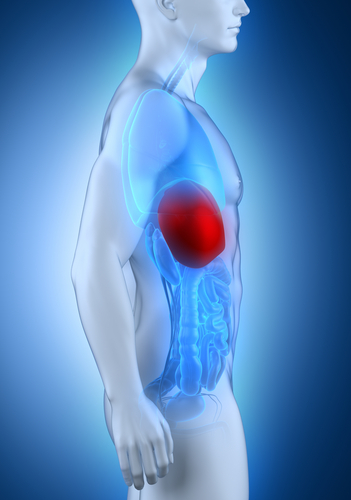 The British National Institute for Health and Care Excellence (NICE) is working on releasing draft guidance supporting the use of the device Virtual Touch Quantification (VTq) by Siemens Healthcare Global as an improved diagnostic and monitoring tool for liver damage in both adults and children who suffer from chronic hepatitis B or C. The VTq is endorsed to enhance the diagnosis of liver fibrosis, a common consequence of prolonged inflammatory states, such as in chronic infections.
The British National Institute for Health and Care Excellence (NICE) is working on releasing draft guidance supporting the use of the device Virtual Touch Quantification (VTq) by Siemens Healthcare Global as an improved diagnostic and monitoring tool for liver damage in both adults and children who suffer from chronic hepatitis B or C. The VTq is endorsed to enhance the diagnosis of liver fibrosis, a common consequence of prolonged inflammatory states, such as in chronic infections.
According to the draft guidance, VTq is an accurate method of diagnosing and staging liver fibrosis, and was determined to be as effective as today’s standard methods of assessing liver damage, such as ultrasound imaging, transient elastography, and biopsy, as it is equipped with its own imaging and sampling features. “This draft guidance, developed by the independent Medical Technologies Advisory Committee (MTAC), proposes supporting VTq for diagnosing and monitoring liver fibrosis in adults and children with hepatitis B or C,” said the director of the NICE Centre for Health Technology Evaluation, Carole Longson.
“The evidence examined by MTAC indicates that VTq may avoid the need for surgical biopsy, which could mean no pain for the patient, and potentially save the health service over £400 compared to performing a biopsy,” said Longson. “It could also be used for patients where obesity or other factors mean that the standard form of non-invasive fibrosis testing – transient elastography – isn’t suitable.”
The software bundled with the VTq evaluates the liver’s stiffness by measuring high intensity ultrasound waves, which are transmitted through the organ at different speeds. The waves register slower speeds over areas where there are damages and fibrous scar tissue, indicating stiffness, which are then interpreted by the device to estimate liver damage, and form an image.
“MTAC also considered that VTq is likely to be used in an outpatient setting as part of the initial referral from primary care for people who test positive for chronic hepatitis B or C. Clinical experts advised that there is also potential for VTq to be done in future in primary care settings, if performed by staff with specialist training in ultrasound imaging and its interpretation. We welcome comments on the draft guidance during this consultation,” Longson added.
Data provided by Siemens suggest that its benefits go beyond diagnosis, as it is painless and possibly safer than performing liver biopsies. In addition, the VTq may help hospitals reduce their expenses by replacing biopsy as the primary method of diagnosing and monitoring liver fibrosis. Through this device, it is estimated that hospitals may be able to save about £434 ($680) per patient compared to having to perform liver biopsies, and around £53 ($83) per patient compared to transient elastography.
“Liver fibrosis can result from infections such as chronic hepatitis B and C, conditions which affect hundreds of thousands of people in the UK,” explained Longson. “Diagnosing and monitoring any liver damage caused by these infections is important for ensuring that an affected person receives appropriate care and treatment.”

